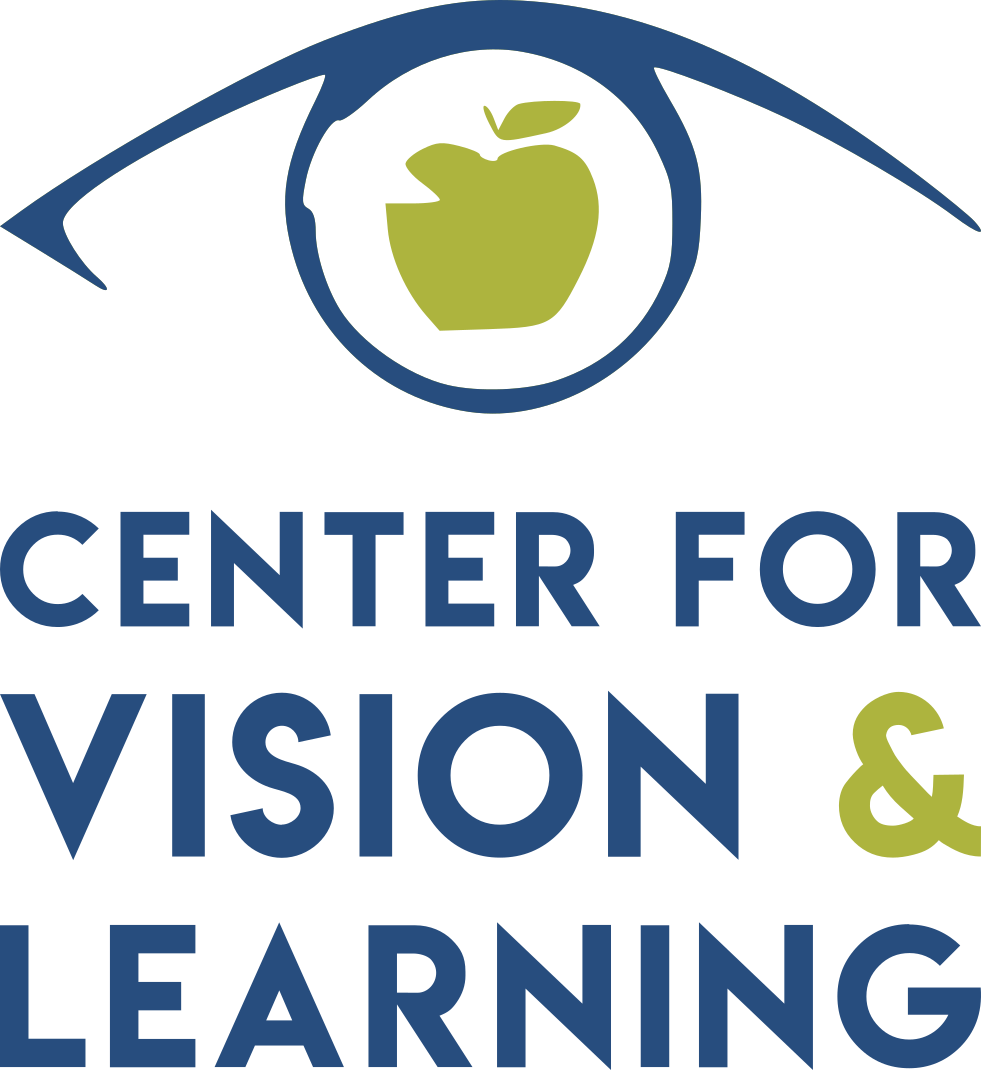Approximately 700 million people in the world struggle with dyslexia. Dyslexia is defined as “the unexpected difficulty in reading in an individual who has the intelligence to be a much better reader.” People with dyslexia often make ‘mirror errors’ when they read and struggle to distinguish between letters such as ‘b’ and ‘d.’
Dyslexia affects reading fluency, spelling, and learning a second language. Dyslexic people have trouble making the proper connection between the letters and words that they see, and the sounds and words that they make.
Past research has suggested that dyslexia was a linguistic, or language problem. Some people thought that vision problems did not play a role in dyslexia. New research was published this week from a group of scientists in France that looks at a new possibility that dyslexia might be related to the structure of the eye.
The study looked at the parts of the eye called rods and cones. In the eye, the cones are responsible for your detail and color vision. The rods are responsible for your peripheral or night vision. This study compared the cones of 60 people. 30 of the participants were normal readers and 30 participants have been diagnosed with dyslexia.
The preliminary findings suggest that while normal readers have one dominant eye, dyslexics do not have a dominant eye. This means that each eye may present a competing (or mirror) image. This visual confusion may be responsible for the reading difficulties.
What does this mean for dyslexics? Well, we don’t really know yet. This is very new research and we don’t have all of the information. But, for developmental optometrists like me, it’s not surprising to be hearing of a link between the eyes, vision, and dyslexia.
Reading is not just a language task; it’s also a visual one. And, as I’ve said before, vision is not just an eyesight task, our eyes need to understand what they see!
We have long seen kiddos who struggle with reading and letter reversals. We see that often times, these kids don’t have strong eye dominance just like they usually don’t have strong hand dominance. You know those kids who write with their right hand but kick and bat with their left foot? Being ambidextrous in this way often correlates to difficulty with reading.
And, we have seen that through proper diagnosis of visual processing disorders, and then treatment with vision therapy, we can help these children become better readers.
So, while we don’t yet know all the answers to dyslexia, I hope this new research will serve as a reminder to anyone who knows a child that is struggling to learn to read—get your eyes checked by a developmental optometrist and remember that “20/20” eyesight isn’t the same as having good vision!
- Dr. Cheryl Davidson
